{"article":{"id":"2221344","title":"China narrows mobile memory chip gap with South Korea, US","description":"A leading Chinese semiconductor company has successfully produced a new generation of advanced mobile memory chips for the first time, a major step in narrowing the gap with South Korean and US rivals.","contentObject":"
ChangXin Memory Technologies (CXMT) said it has successfully produced China's first advanced dual data rate DRAM (LPDDR5) memory chip, similar to the generation of memory chips launched by Samsung Electronics in 2018.
\nThe breakthrough comes as the US tightens high-tech exports to hamper Beijing's development in the semiconductor sector.
\nChina has so far been blocked from accessing key high-end lithography systems from ASML, as well as some suppliers from Japan.
\nAccording to Hefei-based CXMT, one of their products, a 12 gigabyte (GB) version, is being used by Chinese smartphone companies such as Xiaomi and Transsion.
\nThe company says the new memory chip offers a 50 percent improvement in data transfer speed and capacity compared to its previous low-power DDR4X, while reducing power consumption by 30 percent.
\nPreviously, mainland technology giant Huawei Technologies surprised the world with its Mate 60 Pro smartphone model equipped with advanced domestically produced chips.
\nThird-party analysis reports conclude that the chip could be manufactured by China's leading chip foundry, SMIC.
\nThis week, Loongson, a company specializing in developing central processing chips, also announced the 3A6000 chip with power equivalent to Intel CPUs of 2020.
\nFounded in 2016, CXMT represents China's best hope of catching up with South Korean memory chip giants such as Samsung Electronics and SK Hynix, as well as Micron Technology in the global DRAM market.
\nSamsung introduced the industry's first 8GB LPDDR5 chip in 2018 and updated it to a 16GB LPDDR5X chip based on a 14nm process in 2021, delivering data processing speeds of up to 8,500 megabits per second, 1.3 times faster than the previous generation.
\nSK Hynix began mass production of LPDDR5 mobile DRAM in March 2021, while Micron announced LPDDR5 chips in early 2020, which it said would be used in Xiaomi's Mi 10 smartphone.
\nUnder the new US regulations updated in October, a series of key chip foundry equipment including lithography, etching, deposition, implantation and cleaning are all on the export restriction list, limiting Beijing's semiconductor production capacity to the lowest level, around 14nm for logic chips, 18nm half-pitch for DRAM or smaller, and 128 layers for 3D NAND memory chips.
\n(According to SCMP)
\nChinese company unexpectedly produces the world's most modern memory chips
\nKorean memory chip company investigates origin of Mate 60 Pro phone components
\nSouth Korean memory chip giant reports record loss
\nA leading Chinese semiconductor company has successfully produced a new generation of advanced mobile memory chips for the first time, a major step in narrowing the gap with South Korean and US rivals.
ChangXin Memory Technologies (CXMT) said it has successfully produced China's first advanced dual data rate DRAM (LPDDR5) memory chip, similar to the generation of memory chips launched by Samsung Electronics in 2018.
The breakthrough comes as the US tightens high-tech exports to hamper Beijing's development in the semiconductor sector.
China has so far been blocked from accessing key high-end lithography systems from ASML, as well as some suppliers from Japan.
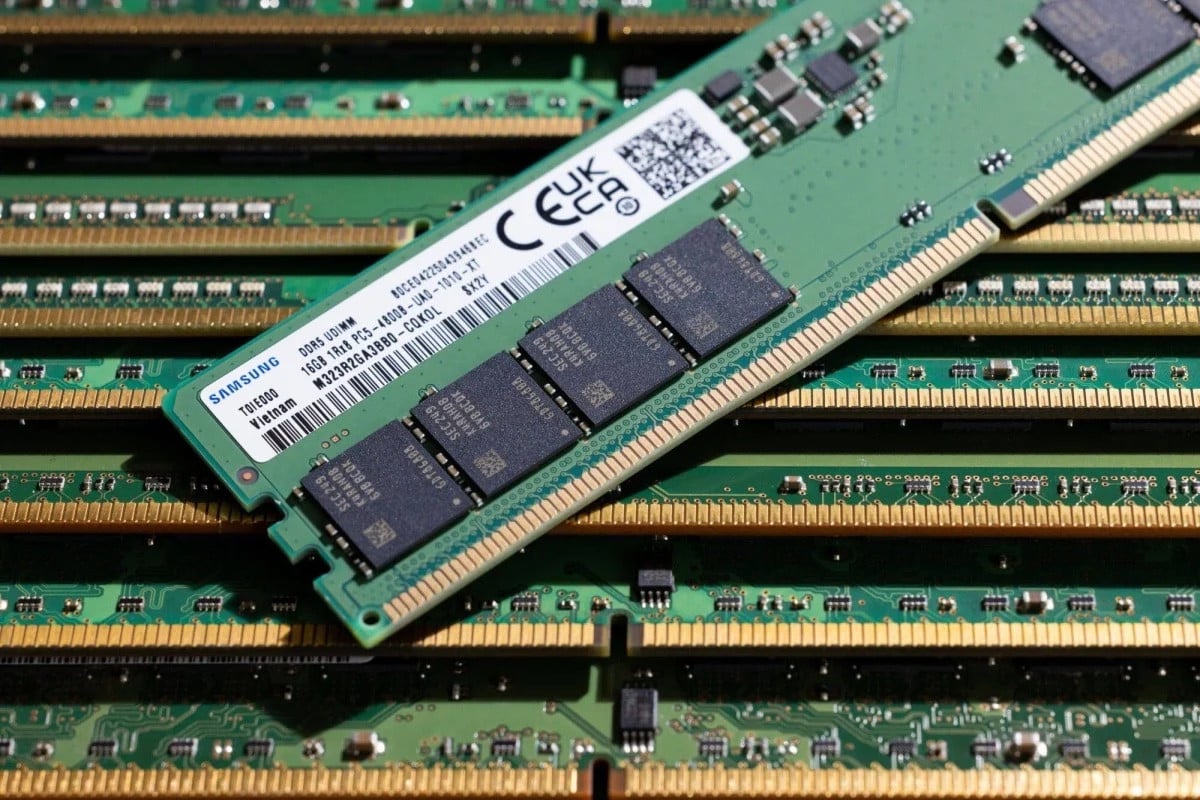
According to Hefei-based CXMT, one of their products, a 12 gigabyte (GB) version, is being used by Chinese smartphone companies such as Xiaomi and Transsion.
The company says the new memory chip offers a 50 percent improvement in data transfer speed and capacity compared to its previous low-power DDR4X, while reducing power consumption by 30 percent.
Previously, mainland technology giant Huawei Technologies surprised the world with its Mate 60 Pro smartphone model equipped with advanced domestically produced chips.
Third-party analysis reports conclude that the chip could be manufactured by China's leading chip foundry, SMIC.
This week, Loongson, a company specializing in developing central processing chips, also announced the 3A6000 chip with power equivalent to Intel CPUs of 2020.
Founded in 2016, CXMT represents China's best hope of catching up with South Korean memory chip giants such as Samsung Electronics and SK Hynix, as well as Micron Technology in the global DRAM market.
Samsung introduced the industry's first 8GB LPDDR5 chip in 2018 and updated it to a 16GB LPDDR5X chip based on a 14nm process in 2021, delivering data processing speeds of up to 8,500 megabits per second, 1.3 times faster than the previous generation.
SK Hynix began mass production of LPDDR5 mobile DRAM in March 2021, while Micron announced LPDDR5 chips in early 2020, which it said would be used in Xiaomi's Mi 10 smartphone.
Under the new US regulations updated in October, a series of key chip foundry equipment including lithography, etching, deposition, implantation and cleaning are all on the export restriction list, limiting Beijing's semiconductor production capacity to the lowest level, around 14nm for logic chips, 18nm half-pitch for DRAM or smaller, and 128 layers for 3D NAND memory chips.
(According to SCMP)
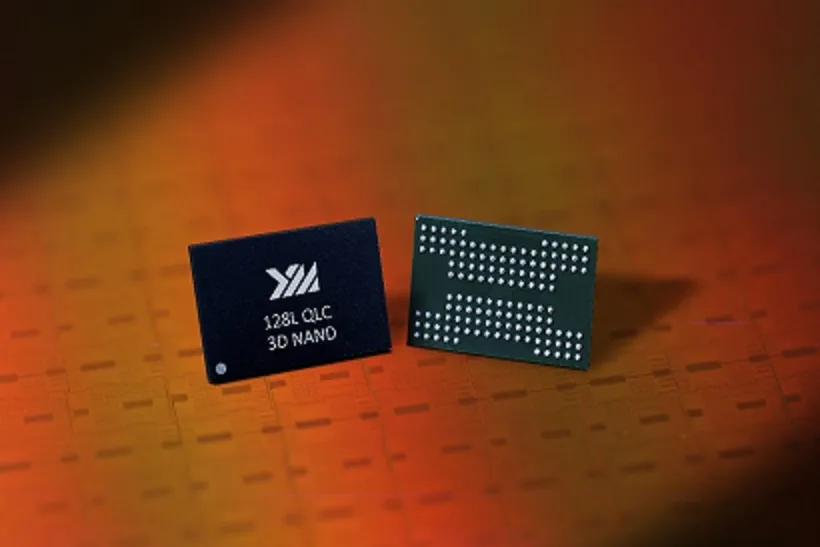
Chinese company unexpectedly produces the world's most modern memory chips
According to analyst firm TechInsights, Yangtze Memory Technologies (YMTC) – China's leading memory chip company – has successfully produced the 'world's most advanced' 3D NAND memory chip.
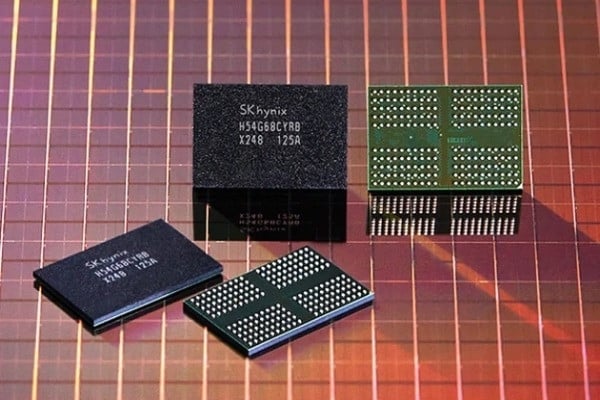
Korean memory chip company investigates origin of Mate 60 Pro phone components
Manufacturer SK Hynix (Korea) was surprised by the information that its memory chips were used in the latest Mate 60 Pro smartphone model of Huawei Group (China).

South Korean memory chip giant reports record loss
South Korean memory chip giant SK Hynix has just announced its latest quarterly business results with a loss of 3.4 trillion won (equivalent to 2.54 billion USD).
Source









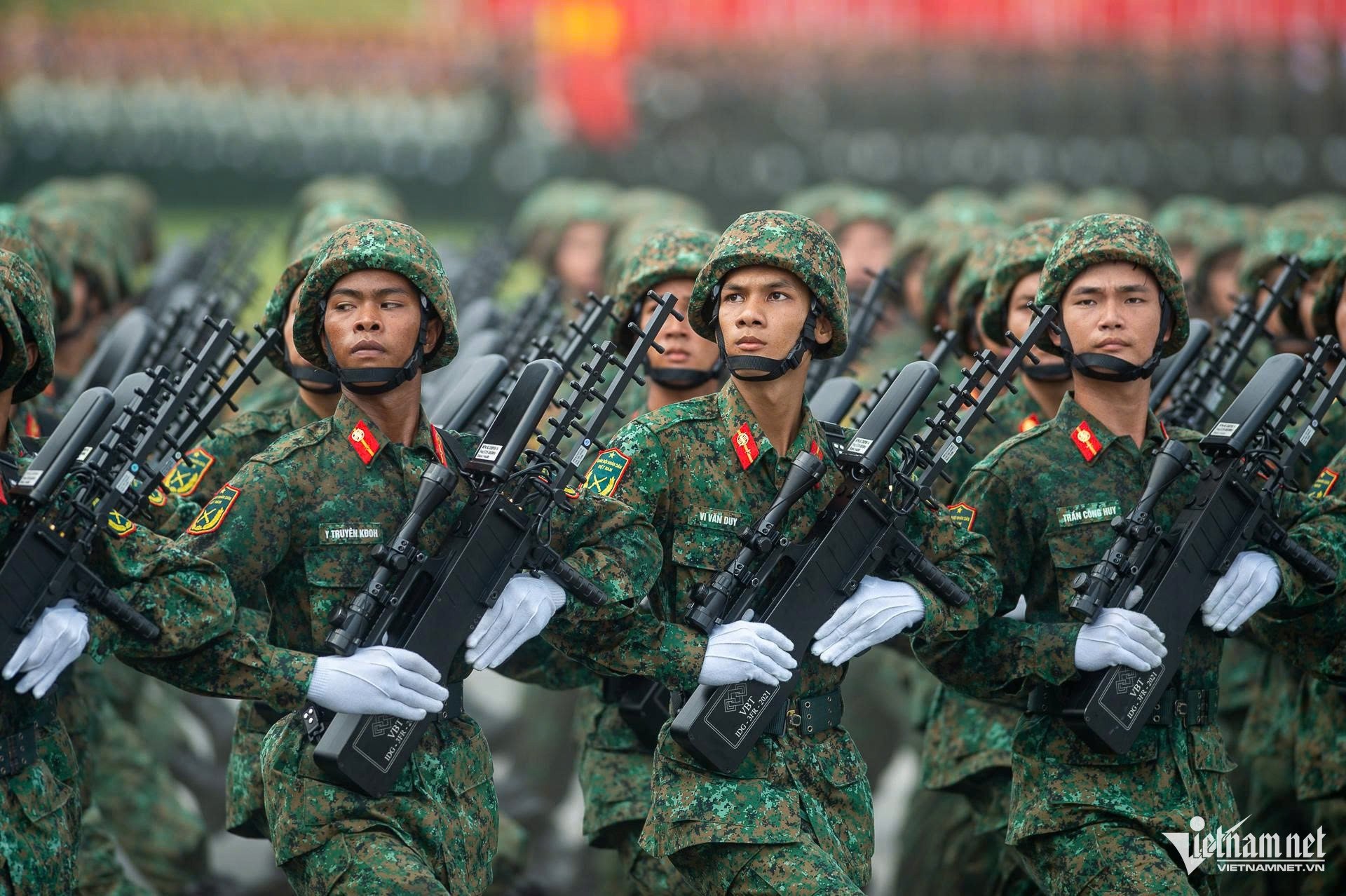
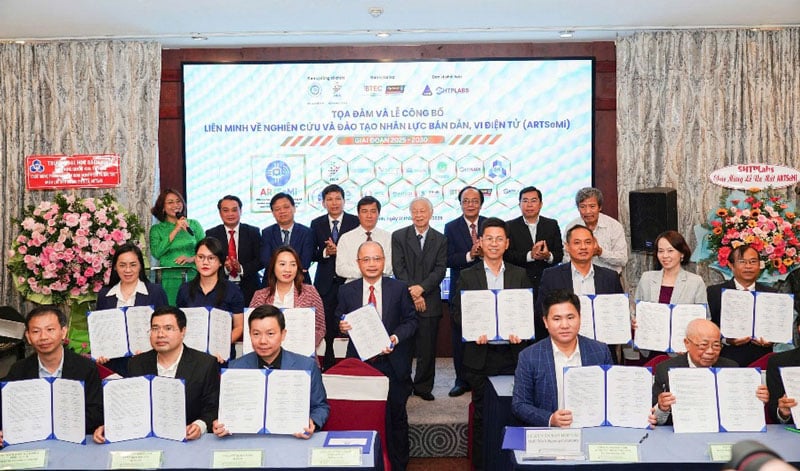

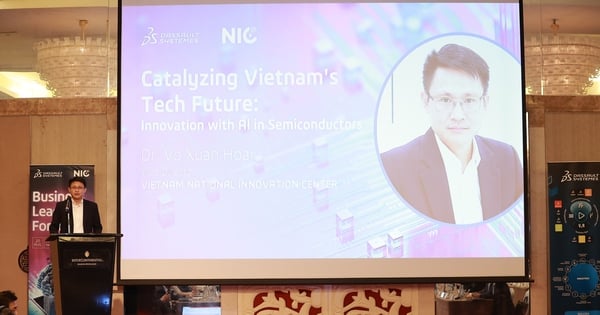

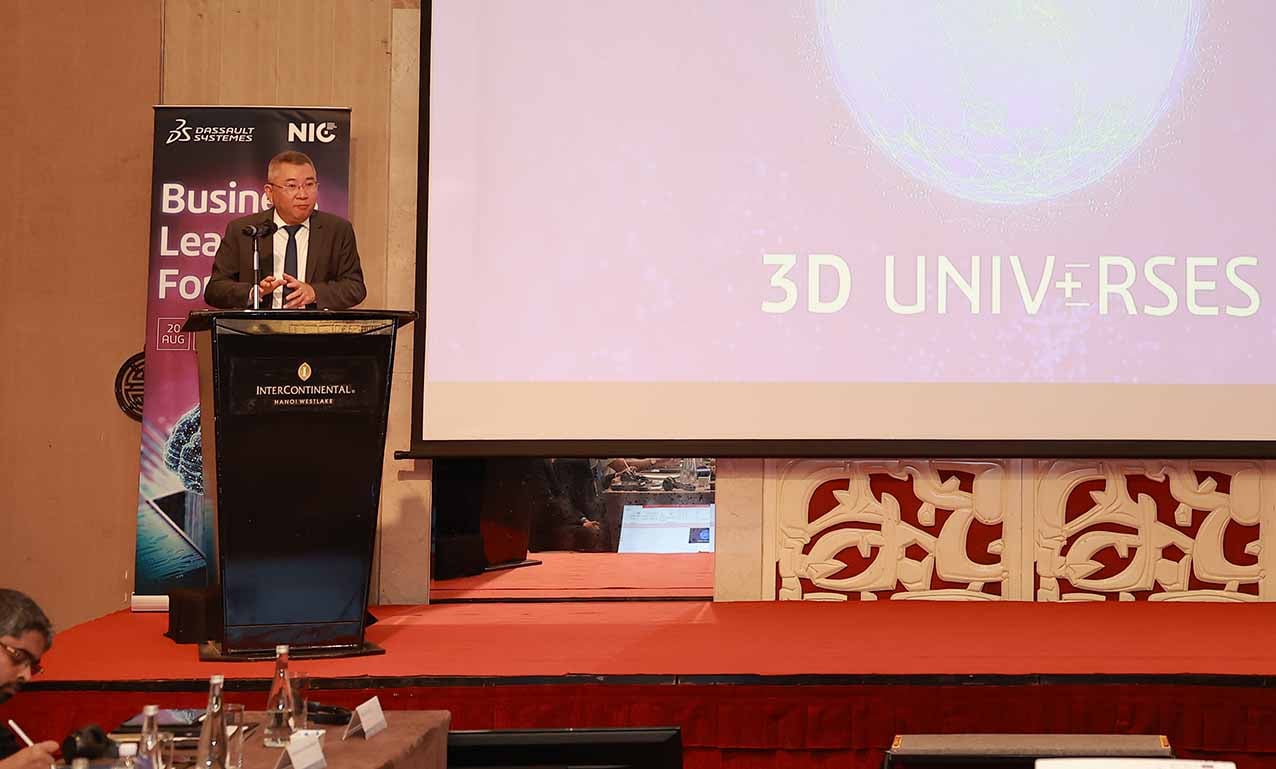

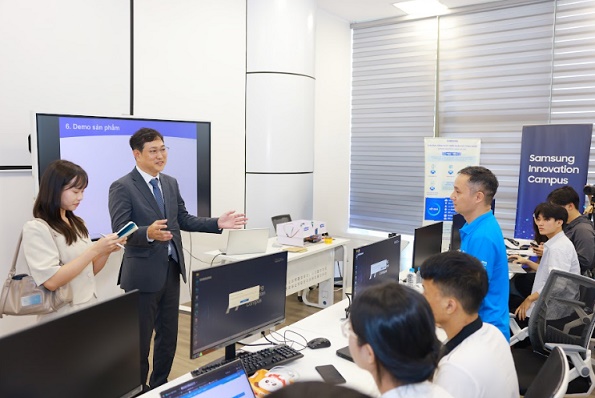






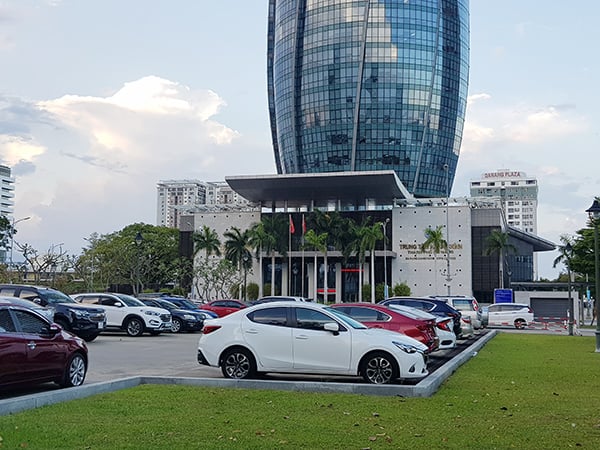
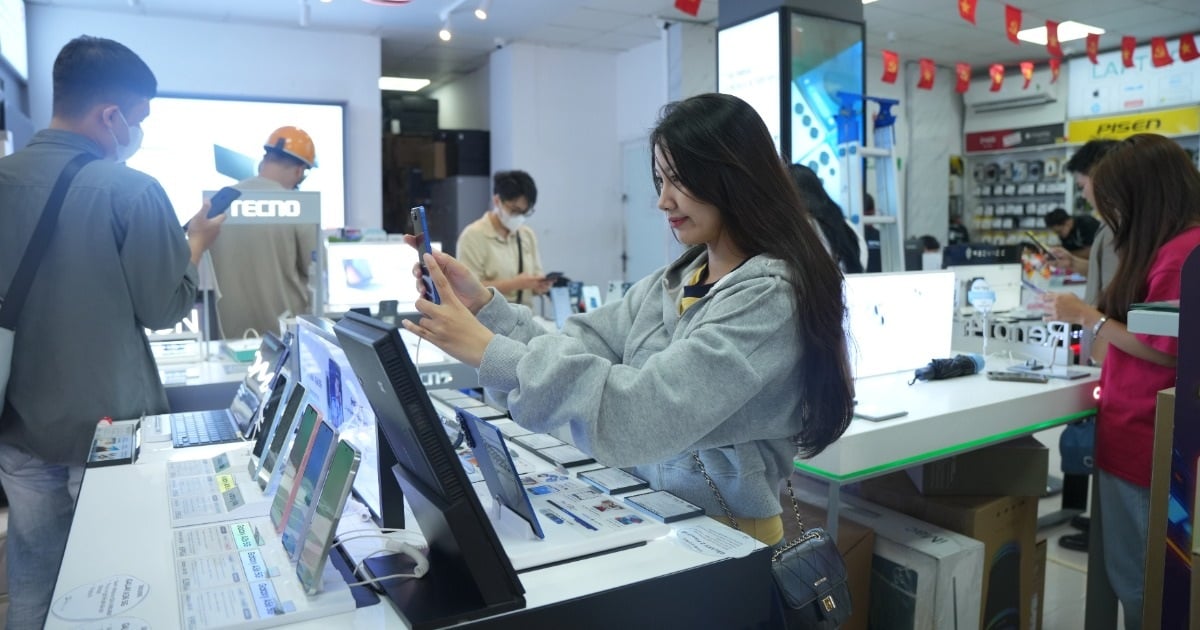










![[Photo] President Luong Cuong attends special political-artistic television show "Golden Opportunity"](https://vstatic.vietnam.vn/vietnam/resource/IMAGE/2025/8/22/44ca13c28fa7476796f9aa3618ff74c4)































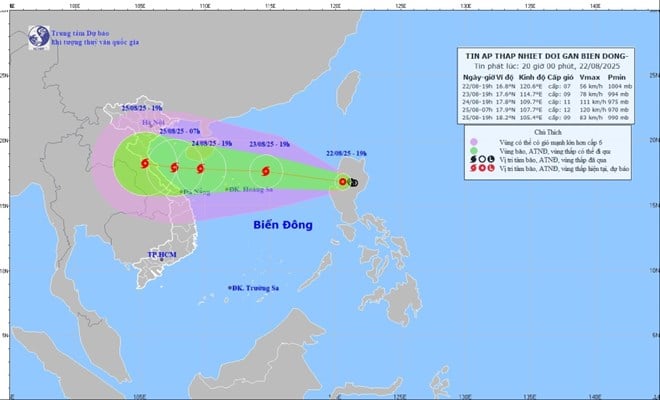

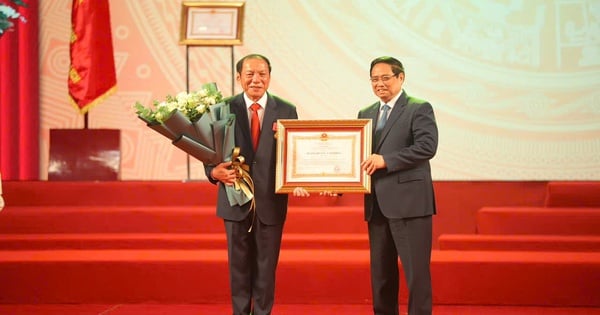

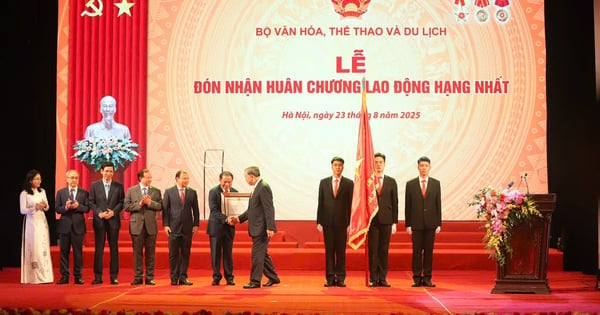
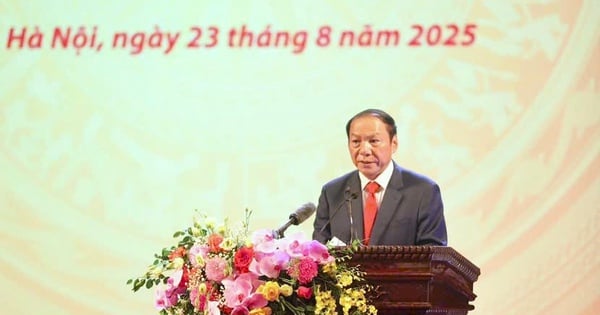
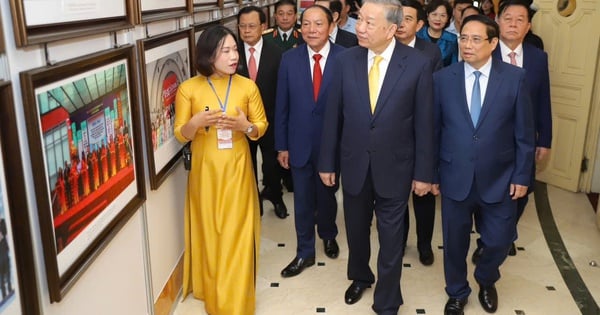

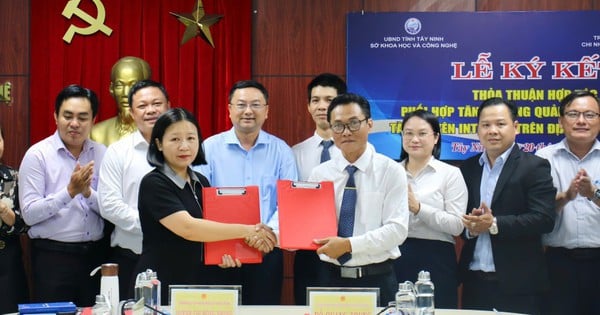



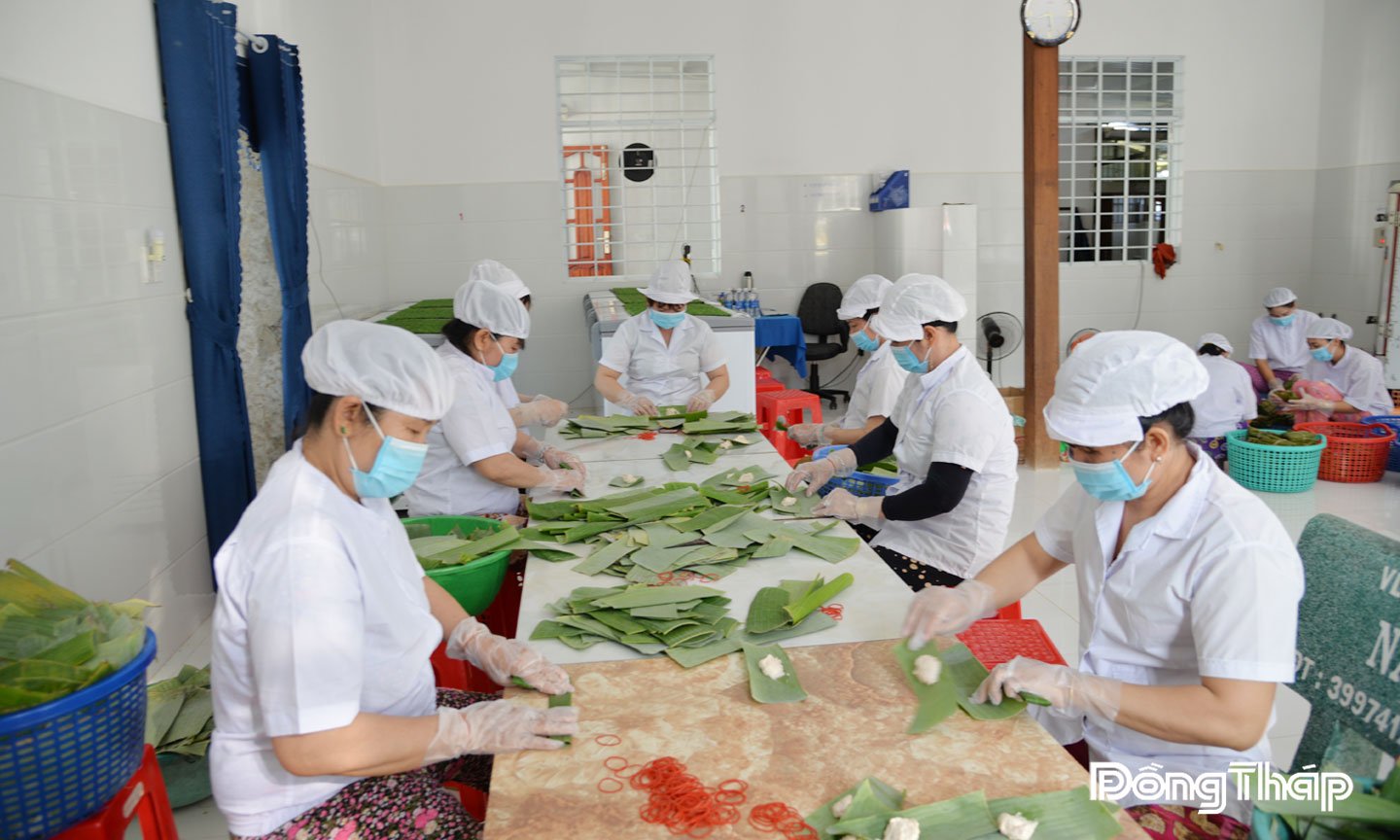



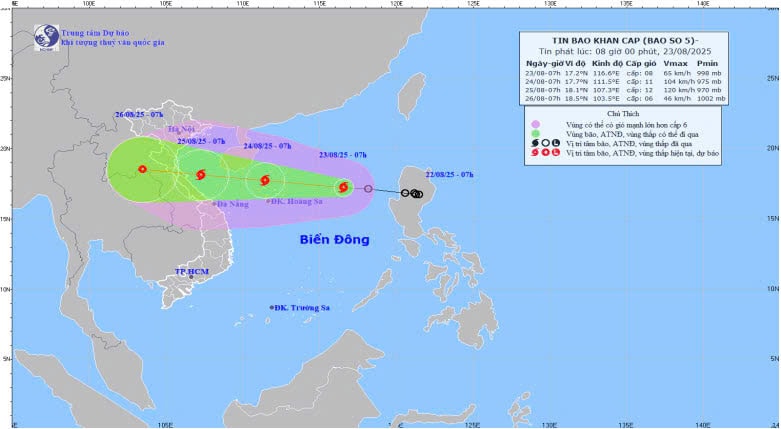
















Comment (0)